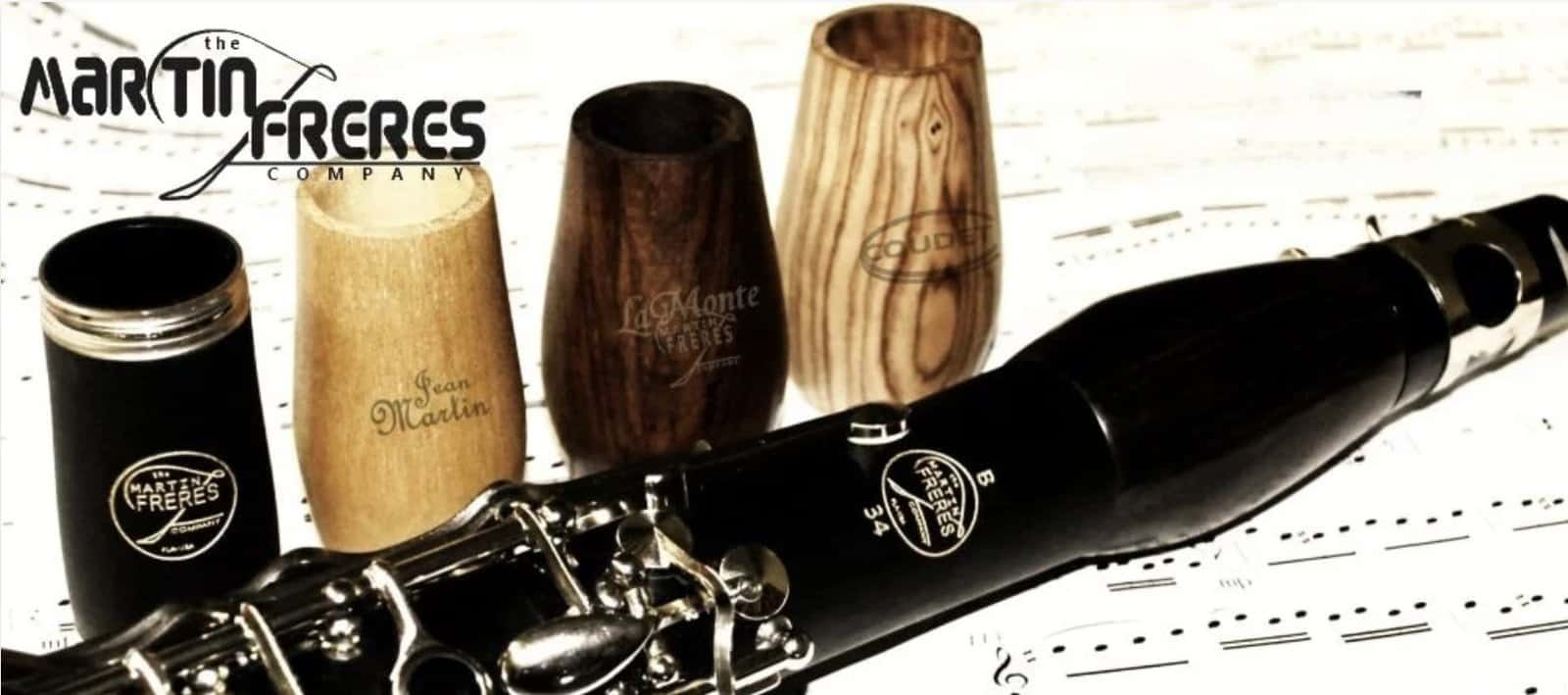Introduction: The G Minor Blues Scale and Clarinet Music
When we think about clarinet music, we often remember the sweet, rich tones that can fill a room. But what many don't realize is the profound impact the G Minor Blues Scale had in shaping this beloved instrument's sound. The blues scale isn't just a collection of notes—it's the heart and soul of countless musical expressions. Let's explore the historical significance of the G Minor Blues Scale in clarinet music and see how it has become a vital tool for both composers and performers.

Clarinet Fingering Charts are always FREE at MartinFreres.net!
What is the G Minor Blues Scale?
The G Minor Blues Scale consists of the notes G, B?, C, C?, D, and F. This set includes what many call the ‘blue notes,' which bring a special emotional depth to music. These notes can stir up feelings ranging from sadness to pure joy. They're like the secret ingredient in jazz, blues, and even classical melodies that touch listeners on a deep level.
| Note | Function in G Minor Blues Scale |
|---|---|
| G | Root note |
| B? | Minor third |
| C | Perfect fourth |
| C? | Blue note (tritone) |
| D | Perfect fifth |
| F | Minor seventh |
Historical Roots of the G Minor Blues Scale
To grasp how the G Minor Blues Scale became a key part of clarinet playing, we need to look at its origins in African American music. The blues came to life in the Deep South in the late 19th century, born from the struggles faced by African Americans. Musicians turned their sorrows and joys into sound, creating the unique expressive quality that the blues scale captures. The clarinet, with its wide range and ability to convey emotions, naturally found its place in this rich musical landscape.
Jazz and the Clarinet: A Perfect Match
Jazz was the first genre to really welcome the clarinet into popular music. Famous clarinetists like Benny Goodman and Sidney Bechet understood the power of the G Minor Blues Scale. They used it to craft melodies that told stories and expressed their deepest feelings. Goodman, for example, wove bluesy phrases into big band arrangements, captivating audiences and shaping the sound of future musicians.
Evolution of Clarinet Techniques
As jazz grew and changed, so did the ways musicians played the clarinet. They started experimenting with improvisation using the G Minor Blues Scale. This openness to creativity excited audiences and encouraged more players to make improvisation a key part of their art. Every performance had the chance to create something entirely new and thrilling, beyond what anyone could have imagined.
The Blues Scale's Influence on Classical Music
Over time, we see how the G Minor Blues Scale also made its way into classical compositions. Composers began adding blues notes to their jazz-inspired works, and clarinetists found themselves leading this movement. The clarinet's ability to smoothly switch between styles made it perfect for exploring the blues scale, resulting in fresh takes on traditional themes.
Beyond Jazz and Classical: The Scale's Wide Reach
The G Minor Blues Scale has played a significant role in various genres beyond jazz and classical music. From klezmer to pop, musicians have adapted the scale to suit their creative vision. It's added a unique flavor to their music, connecting different cultural expressions and musical styles.
The Significance and Legacy of the G Minor Blues Scale
By looking at the historical importance of the G Minor Blues Scale in clarinet music, we gain a deeper appreciation for how the instrument has evolved and the passion behind each note. Whether in a cozy jazz club or a grand concert hall, the blues scale brings clarinet music to life with its energy and soul. The G Minor Blues Scale continues to inspire musicians, solidifying its place as a timeless element that resonates across generations.
Conclusion: Embracing the Blues in Your Music
The next time you pick up your clarinet, remember that the G Minor Blues Scale is more than just another scale to practice—it's a way to express your deepest emotions through music. Discover its potential and let it weave its magic into your playing. Embrace the rich history of your instrument, powered by the soulful sounds of the blues.
Table of Contents
- Introduction: The G Minor Blues Scale and Clarinet Music
- What is the G Minor Blues Scale?
- Historical Roots of the G Minor Blues Scale
- Jazz and the Clarinet: A Perfect Match
- Evolution of Clarinet Techniques
- The Blues Scale's Influence on Classical Music
- Beyond Jazz and Classical: The Scale's Wide Reach
- The Significance and Legacy of the G Minor Blues Scale
- Conclusion: Embracing the Blues in Your Music








